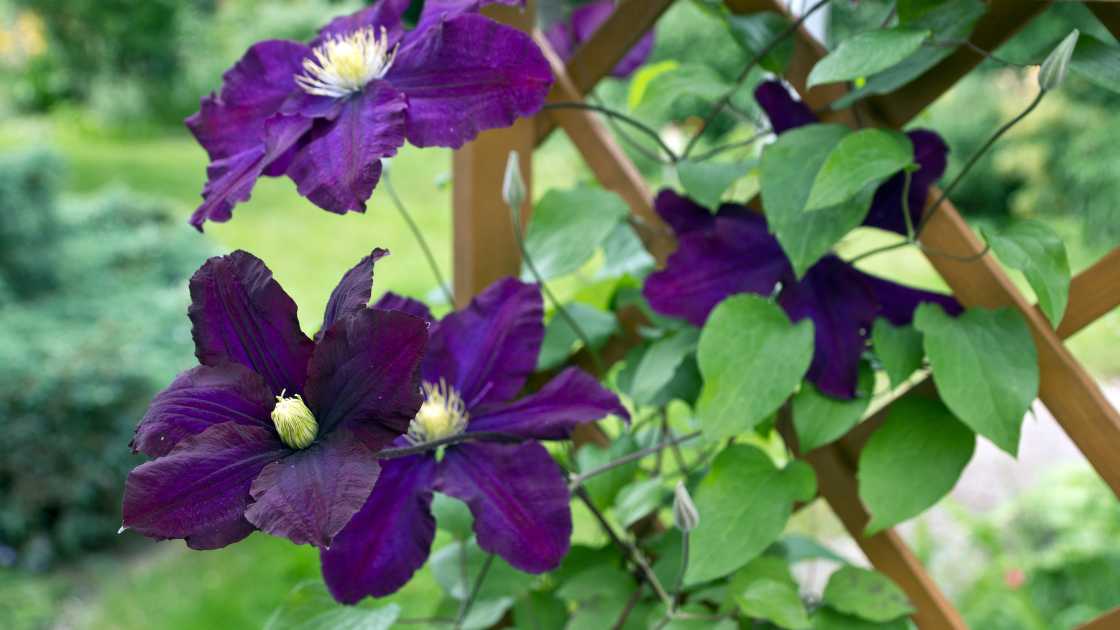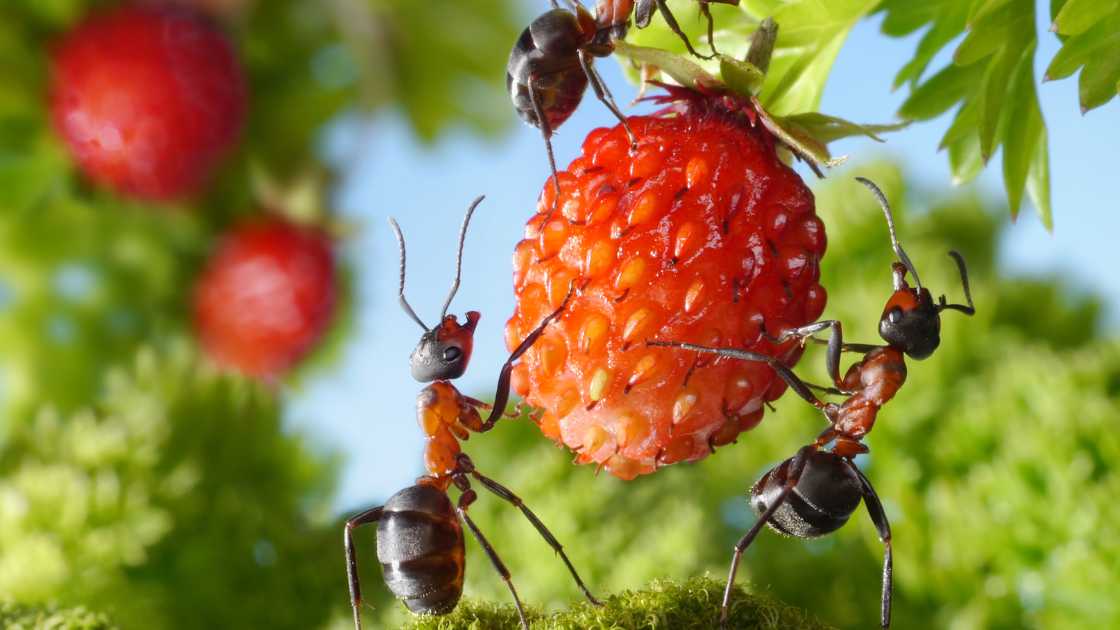Clematis, with its vibrant blooms and climbing vines, is a popular choice among gardeners. If you have a mature clematis plant that has outgrown its space or you simply want to multiply your collection, dividing clematis is an effective way to propagate new plants. In this article, we will provide you with a comprehensive guide on how to divide clematis, enabling you to successfully multiply and rejuvenate these beautiful flowering climbers.
Why Divide Clematis?
Increasing your plant collection:
Dividing clematis allows you to expand your garden or share the beauty of these flowers with others.
Rejuvenating an aging plant:
Dividing an older clematis plant promotes new growth and improves overall plant health.
Managing an overgrown plant:
If your clematis has become overcrowded or lacks vigor, dividing can help revitalize it.
Timing
Early spring or early autumn is the ideal time to divide clematis, when the plants are dormant or just beginning to show new growth.
Dividing during these periods minimizes stress on the plant and allows it to establish before the onset of harsh weather.
Preparation
Choose a healthy, established clematis plant to divide.
Gather the necessary tools, including a sharp knife or garden shears, a spade, and gardening gloves.
Prepare the new planting locations by digging holes and amending the soil with compost.
Dividing Clematis
Digging up the plant
Carefully dig around the base of the clematis, ensuring you avoid damaging the roots.
Lift the entire plant, including the root ball, out of the ground.
Separating the root ball
Gently separate the root ball into several sections, ensuring each section has an adequate amount of roots and healthy shoots.
Use a sharp knife or garden shears to make clean cuts, minimizing damage to the plant.
Pruning and replanting
Trim back the foliage and stems of each divided section by about a third, which reduces stress and encourages new growth.
Plant each section in a prepared hole, ensuring the crown is level with the soil surface.
Backfill the hole with soil, gently firming it around the roots.
Post-Division Care
Water the newly divided plants thoroughly to settle the soil and provide hydration.
Mulch around the base of each plant to conserve moisture and suppress weed growth.
Regularly monitor soil moisture and water as needed, keeping it evenly moist but not waterlogged.
Provide support, such as trellises or stakes, for the divided clematis to climb as they establish themselves.
Monitoring and Maintenance
Keep an eye on the divided clematis plants for the first few weeks to ensure they are adjusting well.
Provide a balanced fertilizer during the growing season to support healthy growth and abundant blooms.
Prune the plants in early spring to remove any dead or weak growth and shape the plant.
FAQs
When is the best time to divide clematis?
The ideal time to divide clematis is either in early spring or early autumn. Dividing during these periods ensures that the plants are either dormant or just beginning to show new growth. Dividing clematis at these times minimizes stress on the plant and allows it to establish before harsh weather conditions set in.
How do I divide a clematis plant?
To divide a clematis plant, follow these steps:
Carefully dig around the base of the clematis, being cautious not to damage the roots.
Lift the entire plant, including the root ball, out of the ground.
Gently separate the root ball into several sections, making sure each section has a sufficient amount of roots and healthy shoots.
Use a sharp knife or garden shears to make clean cuts, minimizing damage to the plant.
Trim back the foliage and stems of each divided section by about a third.
Plant each section in a prepared hole, ensuring the crown is level with the soil surface.
Backfill the hole with soil, gently firming it around the roots.
Water the newly divided plants thoroughly to settle the soil, and provide regular care and maintenance.
How should I care for divided clematis plants?
After dividing clematis, it’s important to provide proper care to ensure their successful establishment. Here are some care tips:
Water the newly divided plants thoroughly after planting to settle the soil. Keep the soil evenly moist but not waterlogged.
Mulch around the base of each plant to conserve moisture and suppress weed growth.
Monitor soil moisture levels and water as needed.
Provide support, such as trellises or stakes, for the divided clematis to climb as they establish themselves.
Apply a balanced fertilizer during the growing season to support healthy growth and abundant blooms.
Regularly check for any signs of pests or diseases and take appropriate measures to address them.
Prune the plants in early spring to remove any dead or weak growth and shape the plant.
Conclusion
Dividing clematis is a rewarding and practical method to increase your plant collection, rejuvenate older specimens, or manage overgrown plants. By following the step-by-step guide outlined in this article, you can successfully divide clematis and enjoy a more vibrant and flourishing garden. Remember, patience and proper care are key to helping these beautiful climbers thrive in their new locations. Happy gardening!




